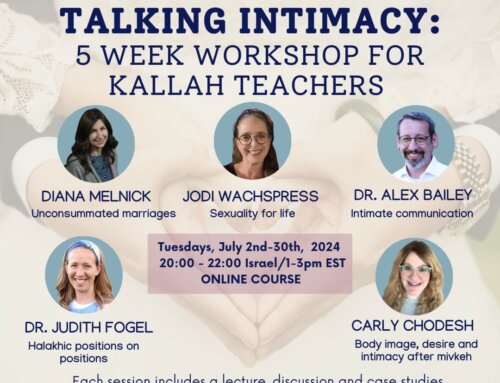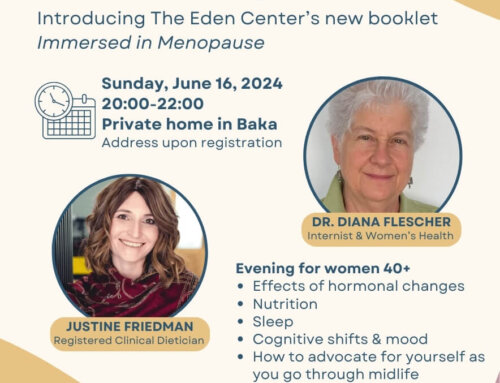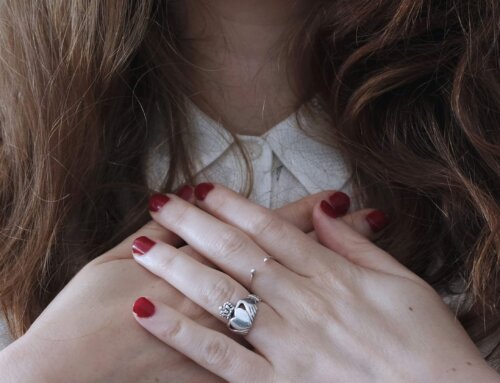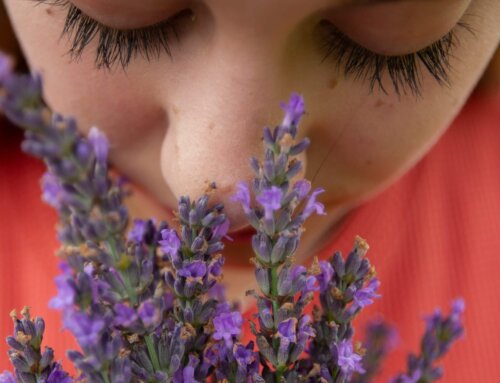 Women often wonder: Do I have a low libido? Am I not attracted to my husband; it seems like he always wants more sex than I do. . .
Women often wonder: Do I have a low libido? Am I not attracted to my husband; it seems like he always wants more sex than I do. . .
It is important to begin with what libido is–rather than what we see on television and in movies.
Most emotions start with a sensation, that is, a physical sensation. We may experience butterflies in our stomach, a sense of tingling in our arms and legs or a tightness in our chest. These sensations quickly make their way to our brain where they are connected to a thought. Butterflies in your stomach can be translated as; I’m nervous, excited or scared. While a tingling feeling in our arms and legs may lead us to thoughts of anticipation, pride over the fact that we had a good work out or agitation that we really should have started exercising months ago, (because if we had, our muscles wouldn’t be reacting this way now).
What are the sensations that become desire? Is desire a precursor to good sex, whatever that may mean? If we don’t feel desire when we look at or think about our spouse does that mean that we are not sexually attracted to them? Or that something is inherently wrong with us?
In her book “Come As You Are” author and sex educator Emily Nagoski puts the minds and bodies of many women at ease.
She explains that there are three types of DESIRE… that’s right; three. The desire type that we are the most familiar with is called spontaneous desire. This is the type that we see on TV where the couple is in bed and they turn to one another and just feel it… both of them…at the same time. One person may simply think of their spouse, see a picture of them, or hear their voice on the phone and become full of sexual desire. This is more common in men, but definitely experienced by women as well.
The second type is responsive desire. Rosemary Basson in her modified model of the Female Sexual Response Cycle, incorporates a key concept called “willingness”. Women (and men at times) may not experience the automatic feelings of desire, but if open to the idea of sexual intimacy, possess the ability to become responsive to sexual stimulation which in turn leads to desire and arousal and more desire… which is a really good thing.
Last but definitely not least is context related desire. This type of desire is similar but not identical to responsive desire. The main difference is setting. Setting means where we are and what we think about it. For example; some people may feel more desirous when they are out of their humdrum day to day life, say in a tzimmer or romantic hotel getaway. Others may simply need to be wooed by a fresh set of sheets and no laundry on their bed or romantic candles and soft music.
The good news is that desire is within all of us. In order to identify it we may benefit from taking some time to attune ourselves to both the messages that we receive from our bodies, our physical sensations and how we choose to understand them in our minds. Remember that physical sensation + cognitive interpretation = emotion.
Jodi Wachspress is the Director of the Oasis Center and runs a private practice in Modiin. She is trained as an art therapist, is a marriage and family therapist, and is a certified couples and sex therapist. Jodi developed and leads the Intimacy and Halakha series that has run in Beit Shemesh, Raanana, Modiin, and Givat Shmuel, as well as having taught in and facilitated the Advanced Kallah teacher training course.








Leave A Comment